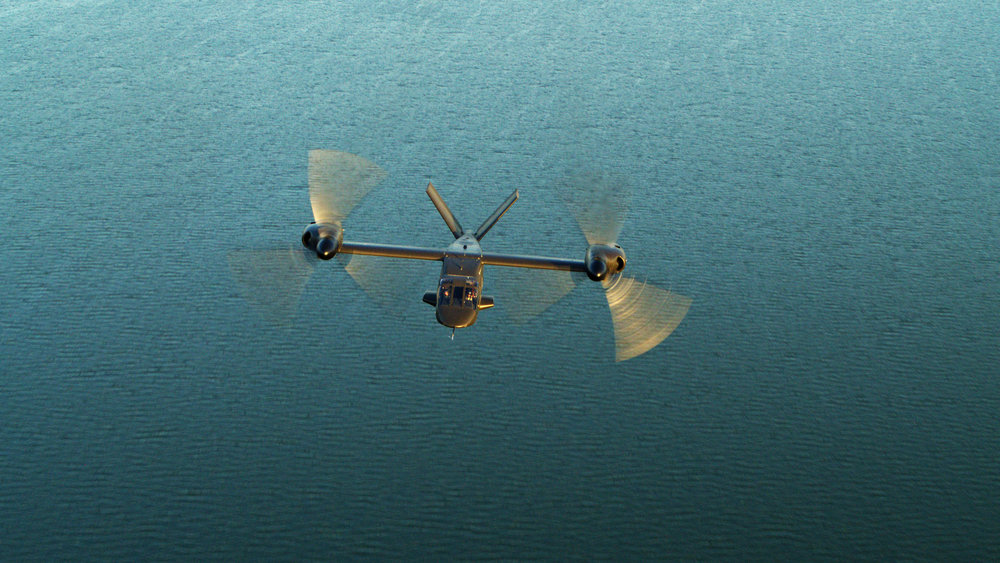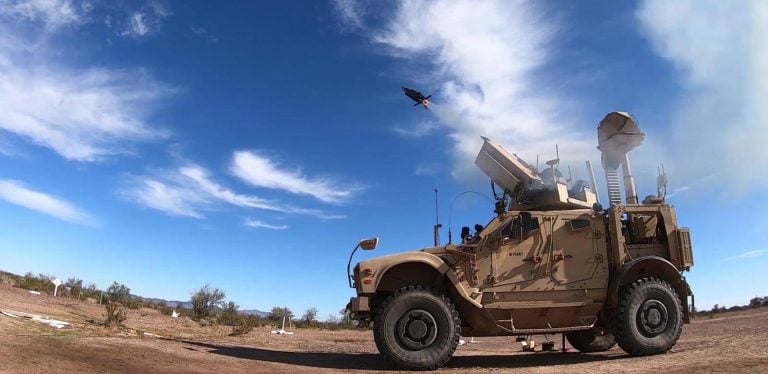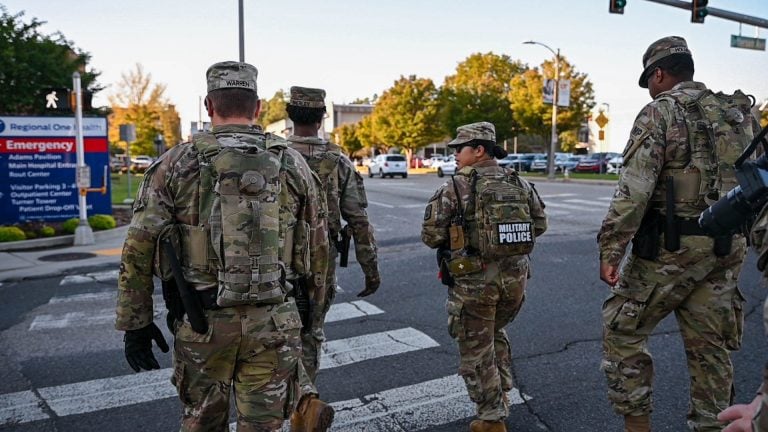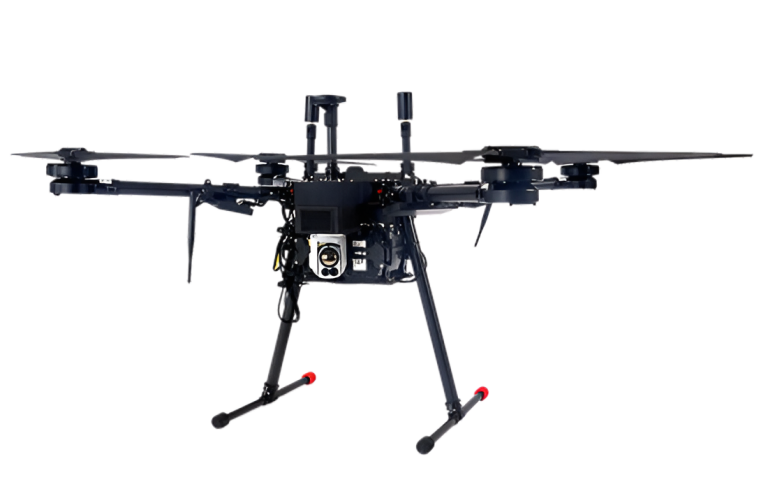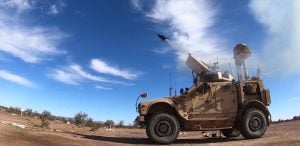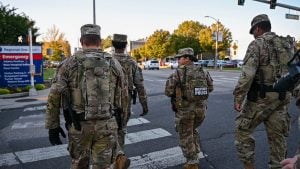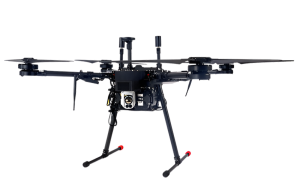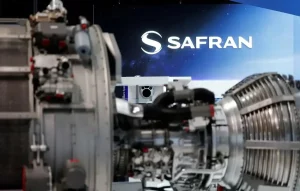Safran has recently announced a significant contract to supply flight testing solutions and antennae for the U.S. Army’s Future Long Range Assault Aircraft (FLRAA) program, a crucial initiative aimed at modernizing the Army’s rotary wing capabilities. This program seeks to introduce a new aircraft that will gradually replace the aging fleet of UH-60 Black Hawk and AH-64 Apache helicopters as they are phased out of service.
With this partnership, Safran will provide advanced evaluation capabilities and signal components designed to facilitate “precise data acquisition, recording, and analysis” during the ongoing development of the new aircraft. The company’s technology is expected to play a crucial role in ensuring the aircraft meets stringent operational standards.
Andrei Gugiu, Executive Vice President of Safran Aerospace Instrumentation & Mission Systems for Testing & Telemetry, expressed enthusiasm about the contract, highlighting the importance of FLRAA in the U.S. Army’s modernization strategy. He stated, “FLRAA is a key development in the US Army’s modernization efforts, and we are excited to contribute to this mission with our advanced flight-testing solutions.” Gugiu also emphasized the team’s commitment to delivering reliable and mission-critical technologies for the government.
In addition to this latest contract, Safran had previously secured a separate FLRAA contract in May 2024, which involved supplying a high-voltage generator device intended for future aircraft systems.
The Pentagon’s selection of Bell Textron’s V-280 Valor as the production aircraft for FLRAA was a significant milestone in 2022. The V-280 Valor, with a length of 51 feet (16 meters) and a main propeller diameter of 35 feet (11 meters), will be powered by two Rolls-Royce AE turboshaft engines. This model is designed to have an impressive operational range of 2,100 nautical miles (approximately 2,417 miles or 3,889 kilometers), an operational altitude of up to 6,000 feet (1,829 meters), and a maximum speed of 280 knots (322 miles or 519 kilometers per hour).
As the FLRAA program progresses, the collaboration between Safran and the U.S. Army is poised to enhance the capabilities of future military operations, ensuring that soldiers have access to the most advanced and reliable rotary wing aircraft available.
